Home>Gardening & Outdoor>Landscaping Ideas>How To Burn Grass
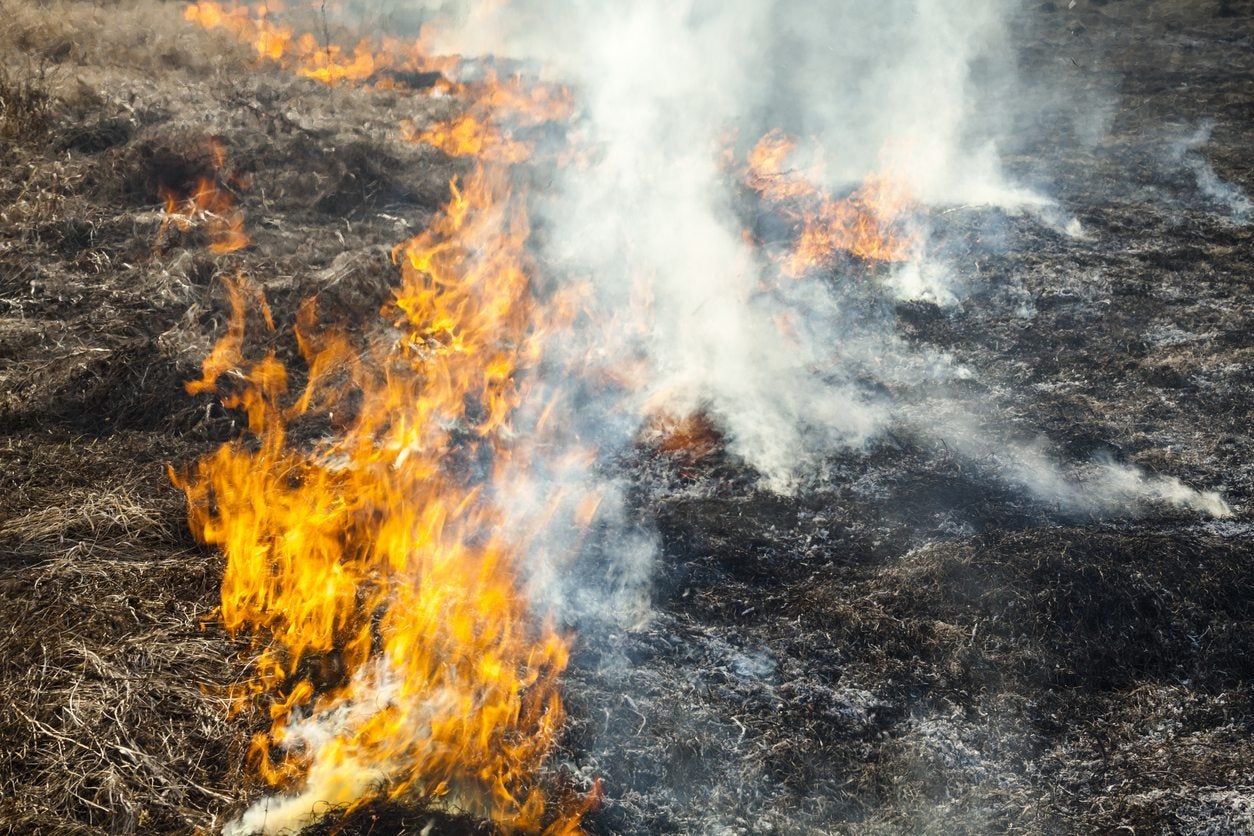

Landscaping Ideas
How To Burn Grass
Modified: February 1, 2024
Learn effective landscaping ideas and techniques for burning grass. Discover the best methods to achieve a healthy and vibrant lawn. Explore our expert tips now!
(Many of the links in this article redirect to a specific reviewed product. Your purchase of these products through affiliate links helps to generate commission for Storables.com, at no extra cost. Learn more)
Introduction
So, you've got a yard full of overgrown grass, and you're looking for an effective way to clear it out and start fresh. Well, one method that's been used for generations is burning the grass. While it may sound a bit extreme, burning grass can actually be an efficient way to clear out old, dead vegetation and promote healthy new growth.
In this comprehensive guide, we'll delve into the art of burning grass, exploring the process, safety precautions, and aftercare techniques. By the end, you'll have a solid understanding of how to safely and effectively burn grass to rejuvenate your lawn or garden.
Burning grass has been practiced for centuries as a method of clearing out old, dead vegetation to make way for new growth. It's a technique that can be particularly effective for large areas of land, as it provides a quick and thorough way to clear out debris and promote healthy regrowth.
However, it's important to note that grass burning should be approached with caution and undertaken with the necessary safety measures in place. This guide will provide you with the essential knowledge and techniques to ensure that the process is carried out safely and effectively.
So, if you're ready to learn the ins and outs of burning grass, let's dive in and explore this time-honored method of rejuvenating your outdoor space.
Key Takeaways:
- Burning grass can clear out dead vegetation, control pests, and promote healthy regrowth. It’s crucial to understand the purpose, prepare the area, and prioritize safety for a successful burn.
- After burning grass, provide moisture, monitor new growth, replenish nutrients, and maintain the area for long-term vitality. Approach grass burning with caution, responsibility, and respect for the environment.
Read more: How To Fix Urine Burns In Grass
Understanding the Process of Grass Burning
Before diving into the act of burning grass, it’s crucial to understand the purpose and benefits of this method. Grass burning serves several essential purposes, including clearing out old, dead vegetation, controlling pests and diseases, and promoting healthy regrowth. By burning the grass, you effectively remove the thatch and debris that can hinder new growth and create an ideal environment for fresh, healthy grass to thrive.
Furthermore, burning grass can help control the spread of pests and diseases that may be lurking within the thatch. The intense heat from the fire can eliminate harmful insects and pathogens, reducing the risk of infestations and diseases in your lawn or garden.
It’s important to note that grass burning is not suitable for all environments and should be approached with caution. Factors such as local regulations, weather conditions, and the size of the area to be burned should be carefully considered before proceeding with this method. Additionally, it’s crucial to assess the moisture content of the grass and thatch, as excessively dry conditions can pose a higher risk of fire spreading uncontrollably.
By understanding the purpose and potential benefits of grass burning, you can make an informed decision about whether this method is suitable for your specific landscaping needs. With the right knowledge and precautions in place, burning grass can be a valuable tool for rejuvenating your outdoor space and promoting healthy, vibrant vegetation.
Preparing the Area for Grass Burning
Before embarking on the process of burning grass, it’s essential to prepare the area thoroughly to ensure the safety and effectiveness of the burn. Proper preparation involves several key steps that lay the groundwork for a successful grass burning operation.
Clearing Debris: Begin by removing any debris, such as fallen branches, rocks, or other flammable materials, from the area to be burned. Clearing the space of obstacles minimizes the risk of the fire spreading uncontrollably and ensures a safe and contained burn.
Trimming and Mowing: It’s advisable to trim and mow the grass to a manageable height before initiating the burn. This helps create a more controlled fire and prevents the flames from reaching excessive heights, reducing the risk of the fire spreading to unintended areas.
Creating Firebreaks: Establishing firebreaks around the perimeter of the burn area is crucial for containing the fire. These firebreaks can be created by mowing or digging bare soil strips to serve as barriers that prevent the fire from spreading beyond the designated burn zone.
Checking Weather Conditions: Before proceeding with the burn, it’s vital to assess the weather conditions. Avoid burning grass on windy days, as strong winds can cause the fire to spread rapidly and unpredictably. Additionally, check for any local burn bans or restrictions due to dry or hazardous weather conditions.
Obtaining Permits: In some regions, obtaining a burn permit may be necessary before conducting a grass burn. Check with local authorities or fire departments to determine if a permit is required and to ensure compliance with any regulations or restrictions.
By diligently preparing the area for grass burning, you set the stage for a safe and controlled burn that effectively clears out old vegetation and prepares the ground for healthy regrowth. These preparatory measures are essential for minimizing risks and ensuring that the grass burning process is carried out responsibly and effectively.
Safety Precautions and Equipment Needed
When it comes to burning grass, safety should always be the top priority. Implementing the appropriate safety precautions and using the right equipment are crucial for ensuring a controlled and secure grass burning process.
Protective Gear: Before initiating the burn, it’s essential to wear appropriate protective gear, including heavy-duty gloves, long-sleeved shirts, long pants, and sturdy boots. These items provide essential protection against heat, sparks, and potential debris during the burning process.
Fire Extinguishers and Water Sources: Have fire extinguishers, water hoses, or buckets of water readily available near the burn site. These firefighting tools serve as essential safeguards, allowing you to quickly extinguish any unexpected flare-ups or contain the fire if it begins to spread beyond the designated area.
Clear Communication: If you’re conducting a grass burn in a team or group setting, clear communication is vital. Establish a communication plan to ensure that everyone involved knows their roles and responsibilities, as well as how to respond in the event of an emergency.
Supervision and Monitoring: Never leave a grass fire unattended. Assign individuals to monitor the burn area continuously and be prepared to take immediate action if the fire begins to behave unpredictably or pose a threat to surrounding areas.
Proper Equipment: Utilize appropriate tools for managing the fire, such as rakes, shovels, or fire tongs. These tools enable you to control the direction of the fire, move burning debris, and make adjustments as needed to maintain a safe and contained burn.
Local Regulations and Guidelines: Familiarize yourself with local regulations and guidelines regarding grass burning. Some areas may have specific rules or restrictions governing the practice, and it’s crucial to adhere to these regulations to ensure legal compliance and community safety.
By prioritizing safety and equipping yourself with the necessary gear and knowledge, you can approach the process of burning grass with confidence and responsibility. These precautions and preparations are fundamental for safeguarding both the individuals involved in the burn and the surrounding environment.
To burn grass, use a propane torch or a controlled fire in a designated area. Make sure to check local regulations and weather conditions before burning. Always have water or a fire extinguisher nearby for safety.
Techniques for Burning Grass
Executing a successful grass burn involves employing effective techniques to ensure a controlled and efficient process. By implementing the following strategies, you can maximize the benefits of burning grass while minimizing potential risks.
Backburning: One commonly used technique is backburning, which involves starting the fire at the downwind edge of the burn area and allowing it to gradually burn against the wind. This method creates a controlled and manageable burn, reducing the risk of the fire spreading uncontrollably.
Timing the Burn: Choose an appropriate time of day for the burn, typically in the late morning or early afternoon when the weather conditions are optimal. Avoid conducting the burn during periods of high winds, extreme heat, or drought, as these factors can increase the risk of the fire spreading rapidly.
Maintaining a Perimeter: Throughout the burn, it’s crucial to maintain a clear perimeter around the designated burn area. Regularly monitor the edges of the burn to ensure that the fire remains contained and does not encroach on unintended areas.
Controlling the Intensity: Adjust the intensity of the fire by carefully managing the amount of dry vegetation and thatch being burned. By controlling the fuel load and the speed at which the fire spreads, you can maintain a steady and controlled burn that effectively clears out debris without posing a threat to surrounding vegetation or structures.
Post-Burn Assessment: After the burn is complete, conduct a thorough assessment of the area to ensure that the fire is fully extinguished and that there are no remaining hot spots. Use water or fire suppression tools to douse any lingering embers and prevent the risk of flare-ups.
By employing these techniques, you can conduct a grass burn in a methodical and responsible manner, achieving the desired results while minimizing potential hazards. Careful planning and execution are essential for ensuring that the burn proceeds smoothly and safely, promoting healthy regrowth and rejuvenation of the landscape.
Read more: How To Treat Grass Burn On Skin
Aftercare and Maintenance
Following the completion of a grass burn, it’s crucial to implement proper aftercare and maintenance practices to facilitate the regrowth of healthy vegetation and ensure the long-term vitality of the area. By attending to the post-burn needs of the landscape, you can maximize the benefits of the burn and promote a thriving, rejuvenated outdoor space.
Moisture and Irrigation: After the burn, provide adequate moisture to the burned area to support the regrowth of grass and vegetation. Depending on the climate and weather conditions, irrigation may be necessary to ensure that the soil remains sufficiently moist as new growth emerges.
Monitoring New Growth: Keep a close eye on the area that was burned, observing the emergence of new grass and vegetation. Regular monitoring allows you to assess the progress of regrowth and identify any areas that may require additional attention or maintenance.
Fertilization and Nutrient Replenishment: Consider applying a suitable fertilizer to the burned area to replenish essential nutrients and support the healthy development of new vegetation. A balanced fertilizer can promote robust growth and help restore the vitality of the landscape following the burn.
Weed Control: As new growth begins to emerge, be vigilant about weed control to prevent invasive species from overtaking the area. Implementing effective weed management strategies, such as targeted herbicide application or manual removal, can help maintain the integrity of the regenerating landscape.
Regular Maintenance: Incorporate regular maintenance practices, such as mowing, to encourage the healthy development of the newly established grass. By keeping the grass at an appropriate height and addressing any emerging weeds or pests, you can support the ongoing rejuvenation of the area.
By tending to the aftercare and maintenance needs of the landscape following a grass burn, you can nurture the regrowth of vibrant, healthy vegetation and promote the long-term resilience of the area. Thoughtful post-burn care is essential for maximizing the benefits of the burn and cultivating a thriving outdoor environment.
Conclusion
Embarking on the journey of burning grass is a significant endeavor that requires careful consideration, planning, and responsible execution. This time-honored method of rejuvenating outdoor spaces offers a range of benefits, from clearing out old, dead vegetation to promoting healthy regrowth and revitalizing the landscape.
Throughout this guide, we’ve explored the essential aspects of grass burning, from understanding the process and preparing the area to implementing safety precautions, employing effective techniques, and providing aftercare. By gaining a comprehensive understanding of these elements, you are equipped to approach grass burning with confidence and responsibility, ensuring that the process is carried out safely and effectively.
It’s important to emphasize that grass burning should be approached with caution and in compliance with local regulations and safety guidelines. Prioritizing safety, proper preparation, and attentive aftercare are fundamental for safeguarding both the individuals involved in the burn and the surrounding environment, ultimately contributing to the long-term health and vitality of the landscape.
As you venture into the realm of grass burning, remember that each step of the process plays a crucial role in achieving the desired results and nurturing the regrowth of vibrant, healthy vegetation. By embracing the art of burning grass with respect for the environment and a commitment to responsible practices, you can cultivate a rejuvenated outdoor space that thrives with renewed vitality and beauty.
So, whether you’re rejuvenating a large expanse of land or seeking to revitalize a smaller garden area, the art of burning grass offers a time-tested approach to clearing out the old and welcoming in the new. With the knowledge and insights gained from this guide, you are well-prepared to embark on your grass burning journey, fostering a landscape that flourishes with fresh, vibrant growth and natural beauty.
Frequently Asked Questions about How To Burn Grass
Was this page helpful?
At Storables.com, we guarantee accurate and reliable information. Our content, validated by Expert Board Contributors, is crafted following stringent Editorial Policies. We're committed to providing you with well-researched, expert-backed insights for all your informational needs.
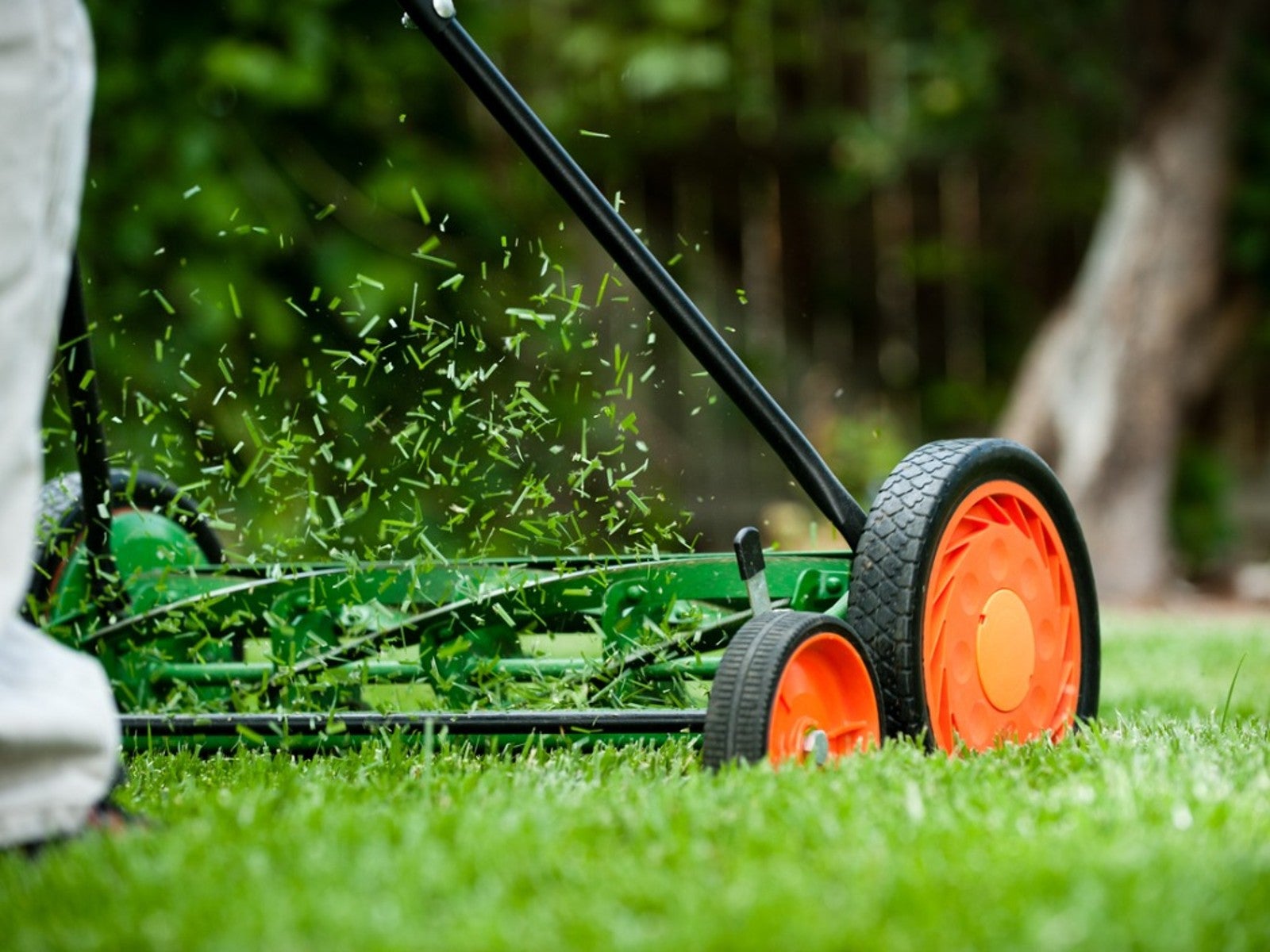


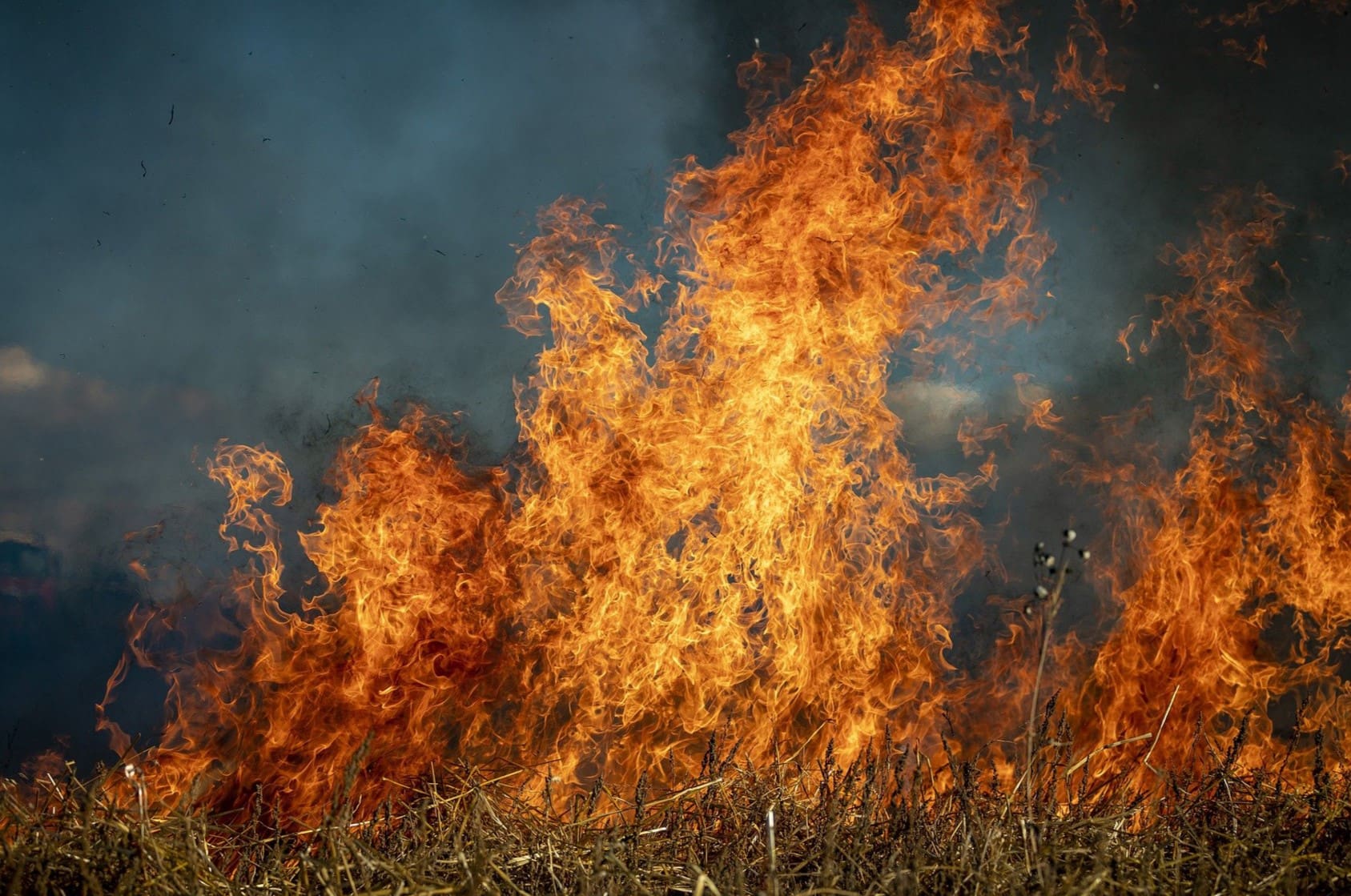
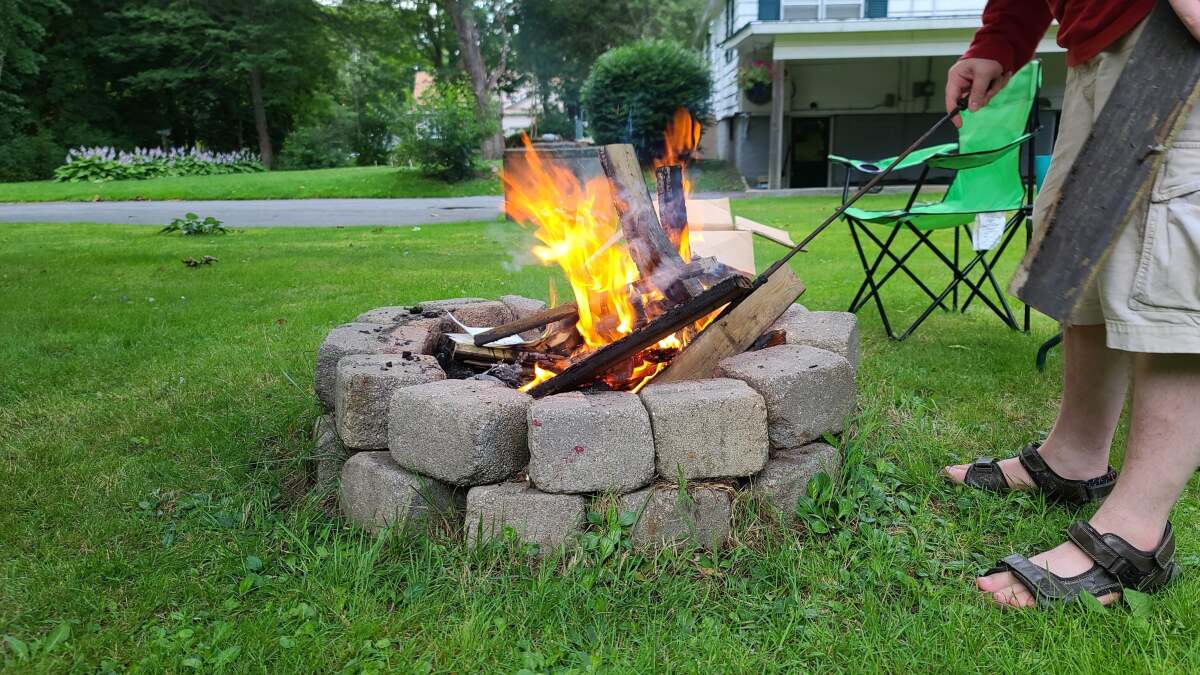

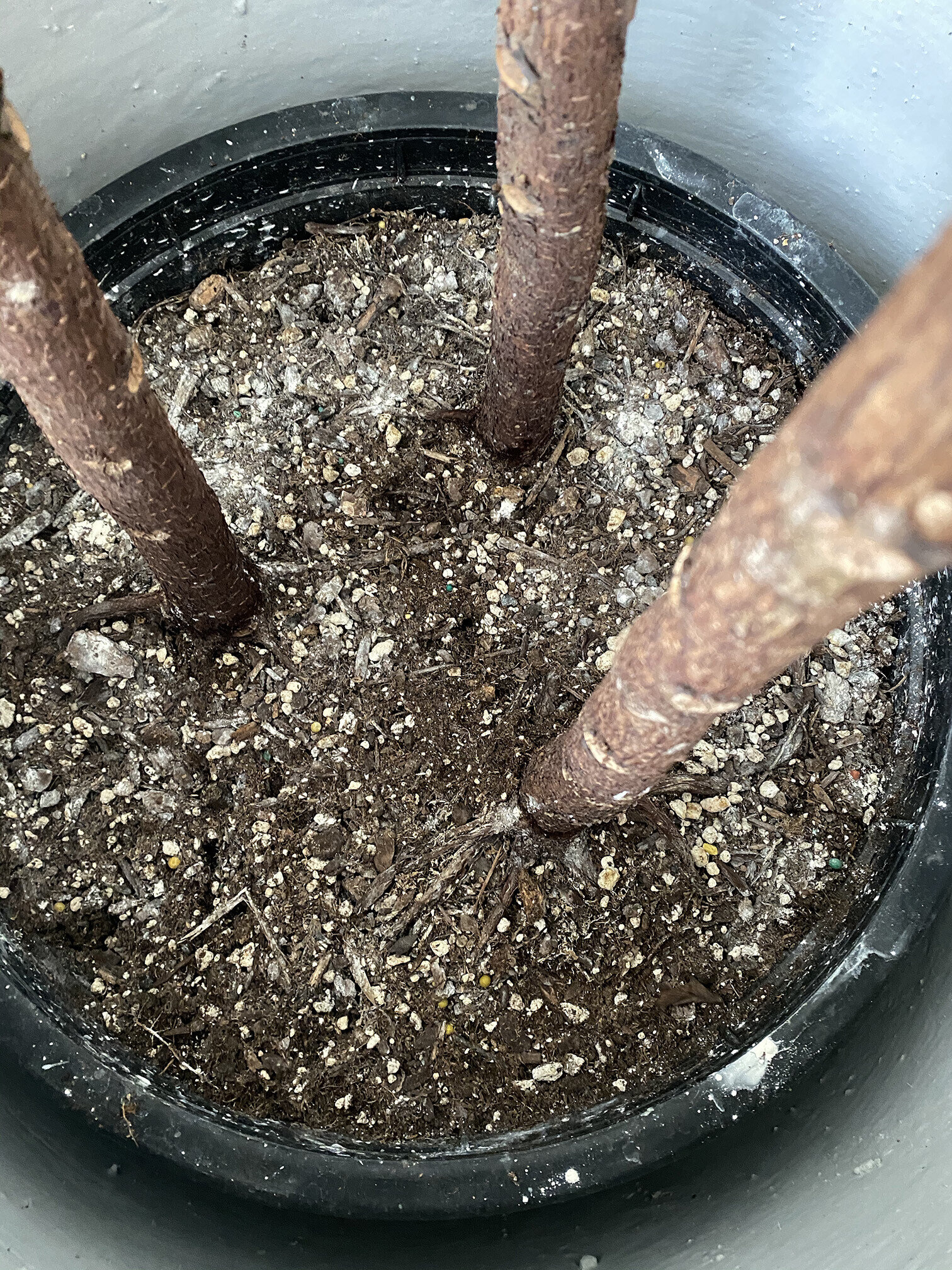




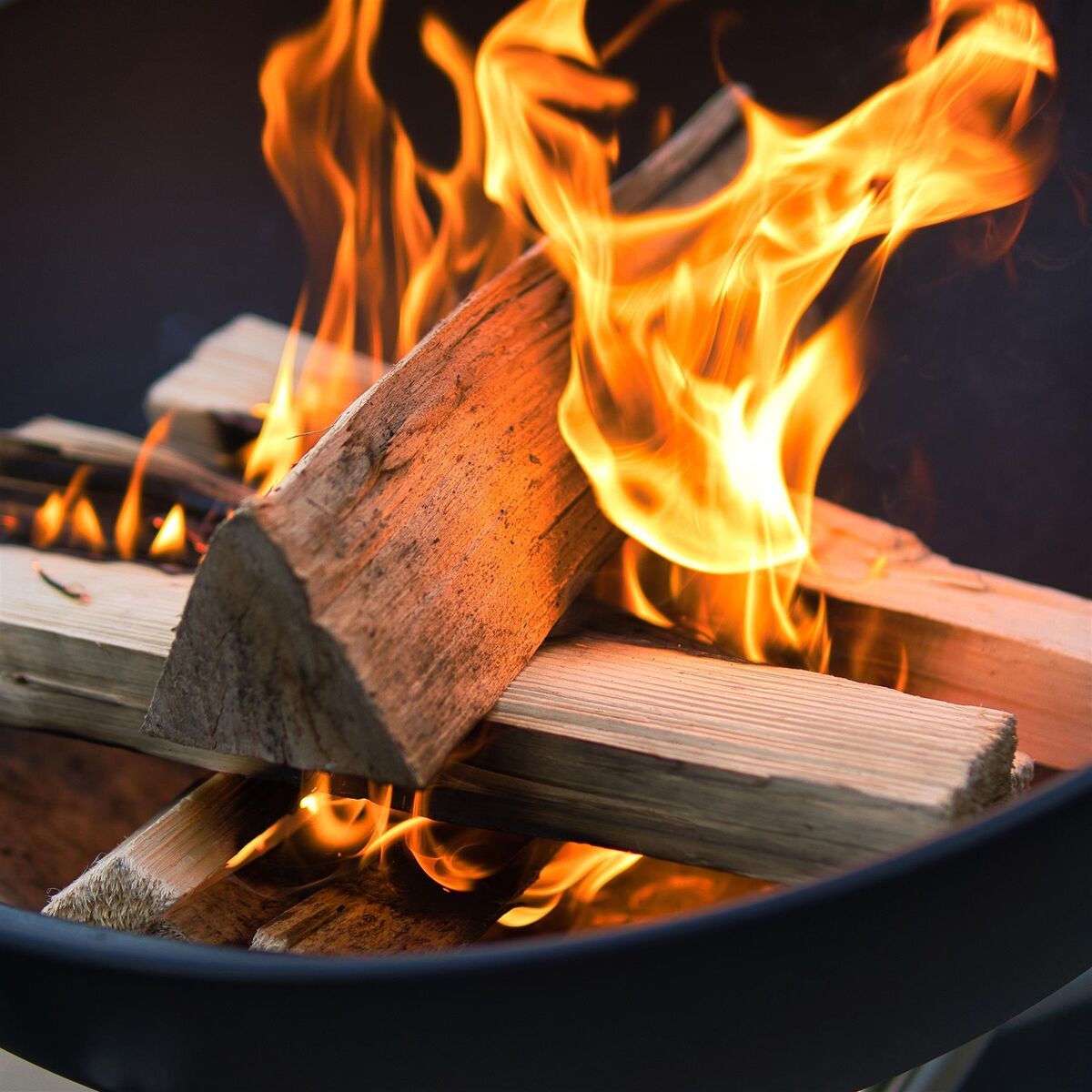

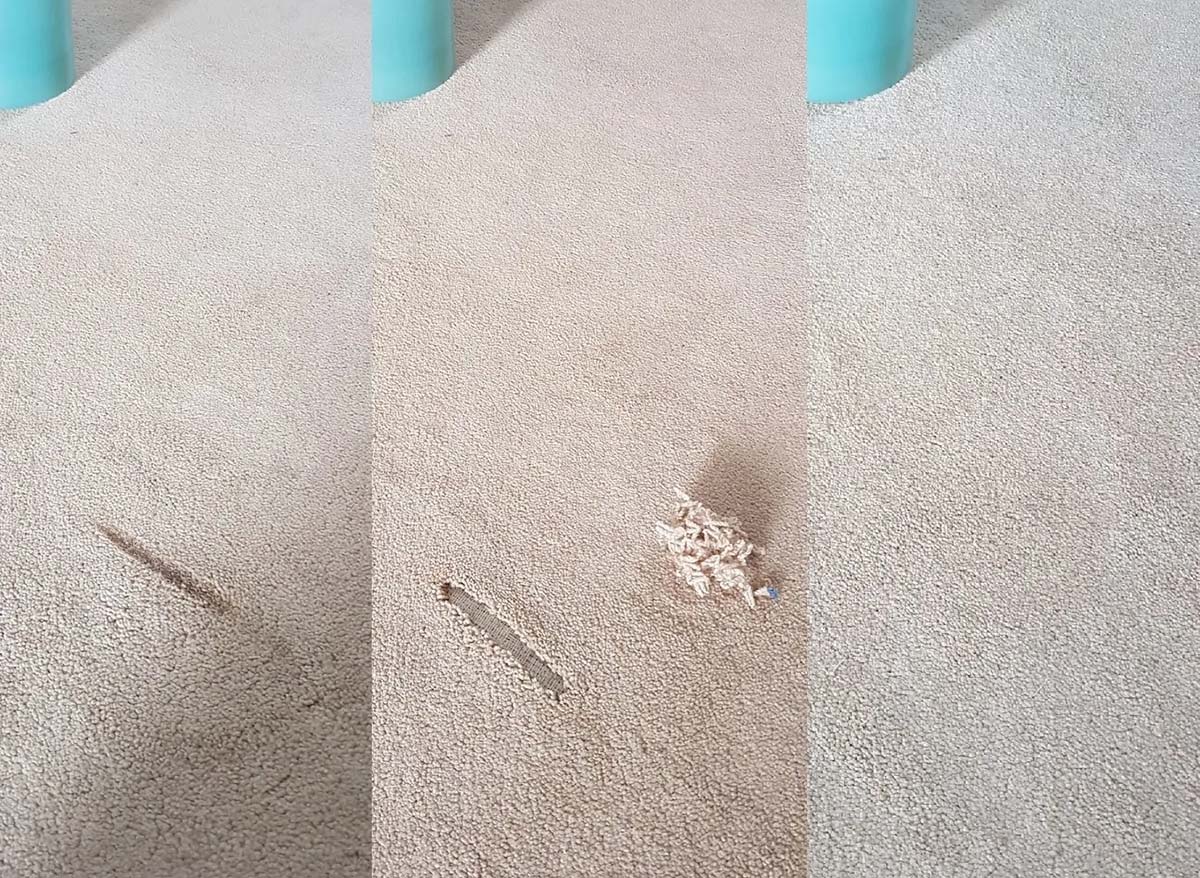

0 thoughts on “How To Burn Grass”